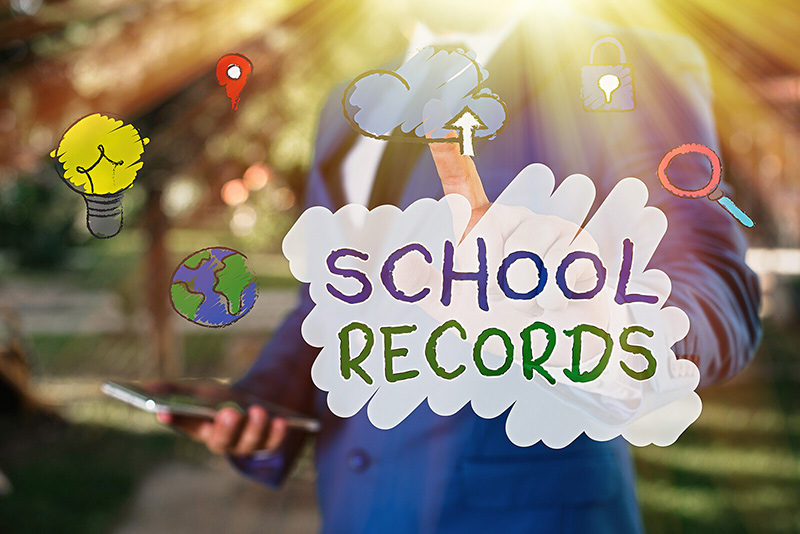Schools and other educational institutions may have to store student related records and data. It is important for these institutions to maintain a complete, growing record of students’ personal data, transcripts and more from the time of admission to test scores, certificates, attendance records, disciplinary records, medical data, grades received and other important details. How long schools should retain these records depends on individual state laws and policies. For easier storage, it is better to scan all paper records and convert them into digital format. Instead of scanning the records one by one in-house, it is better to outsource the bulk scanning tasks to an experienced document scanning company.
An ideal option to manage such huge loads of records is to categorize those records as temporary or permanent. While permanent records such as students’ identifying details, academic transcripts, attendance records, and health records need to be kept indefinitely for the long term, temporary records such as details of extracurricular activities, health data and information regarding discipline need to be stored only for a few years. There are also definite legal procedural rules that schools should abide by.
Why Consider Digitization?
Managing those record-loaded shelves, filing cabinets and boxes is a time-consuming and strenuous task for school districts. Instead, digital records can be accessed at anytime from anywhere. The process of sorting through poorly organized documents is again strenuous.
With document scanning and digitization –
- Any sort of student files can be stored in one system without the need for any physical storage space.
- Instead of entering data manually on thousands of records, student records can be updated online in a very short time.
- Any files can be searched for and accessed in a matter of seconds.
- Even confidential student records can be stored safely with password protection.
- Schools can go paperless and thus protect the environment.
- Improve the efficiency of back-office procedures, along with reducing operating costs
Document Scanning Process
Scanning student records involves key steps such as
- Collecting all the records that need to be scanned
- Organizing and preparing the school records before scanning
- Removing staples, paper clips, or any other document bindings before scanning
- Scanning records using a standard scanner
- Converting scanned records into specific file formats such as .pdf, .tiff, and .dwg
- Using OCR (optical character recognition or any such software) to improve the usability of new digital files
- Indexing and organizing the records to provide easy access
Once all the records are scanned, digitized and indexed, the old physical copies of documents can be shredded or recycled. To manage digital files, educational institutions can consider cloud storage. By moving records to the cloud, new features and upgrades can also be implemented more quickly.
Consider reliable document scanning solutions provided by experienced companies to efficiently store and manage student records in all formats. With advanced technologies, most schools and other educational institutions are now fully equipped to adopt total digitization. Technology makes records retention easier by allowing schools to store vast amounts of information. Many advanced student record management systems are also available to help manage student records in schools. A document management system allows safely uploading or entering complete student details, including contact details, demographic information, report cards, health info, and more.
We’ll discuss some top student record management systems in our next blog.
| Related blogs: |




